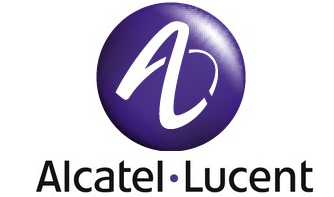Alcatel-Lucent, BT test 1.4Tb/s fiber speeds


Alcatel-Lucent and BT say they have achieved the fastest real-world fiber speeds of up to 1.4Tb/s with a spectral efficiency of 5.7 bits per second per Hertz on existing core fiber connections.
The two firms say this is probably the fastest speed ever achieved in commercial grade hardware in a real-world environment, and is the same as transmitting 44 HD films in a second.
The telecommunications equipment maker and broadband firm conducted a field trial through an existing 410km fiber link between the BT tower in London and BT's Adastral Park research campus in Suffolk. The infrastructure used was a new "flexible grid" -- Flexigrid -- to vary the natural gaps between transmission channels, usually set at 50GHz. By increasing the channel density, the approach "achieved up to 42.5 percent greater data transmission efficiency compared to today's standard networks" without the deployment of additional fiber.
Cormac Whelan, CEO of Alcatel-Lucent U.K. & Ireland said:
"As part of our long-standing relationship, BT and Alcatel-Lucent continue to work together to use innovation from Bell Labs, Alcatel-Lucent and BT Research and Development to move the industry forward and meet the ever evolving needs of the marketplace. These trials represent another step forwards by BT and Alcatel-Lucent in this continual evolution."
BT says the trial has shown that Flexigrid will be able to increase the company's core network capacity using existing lines, and will potentially save the firm from having to install additional fiber cables as broadband demand grows -- increasing the scale for bandwidth-demanding services such as streaming video efficiently and without additional cost.
As the battle for spectrum resources becomes entrenched in the business strategies of telecommunications firms worldwide and core network capacity strains under the weight of data-hungry consumers who stream video and download large volumes of information, improvements to current infrastructure are important for firms to stay competitive and entice new subscribers.